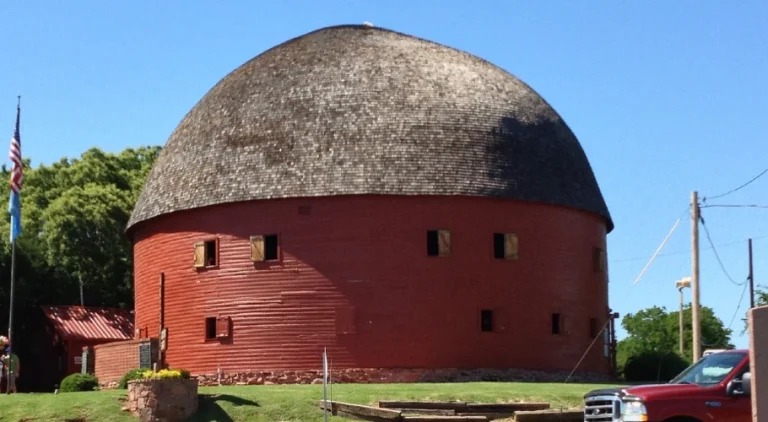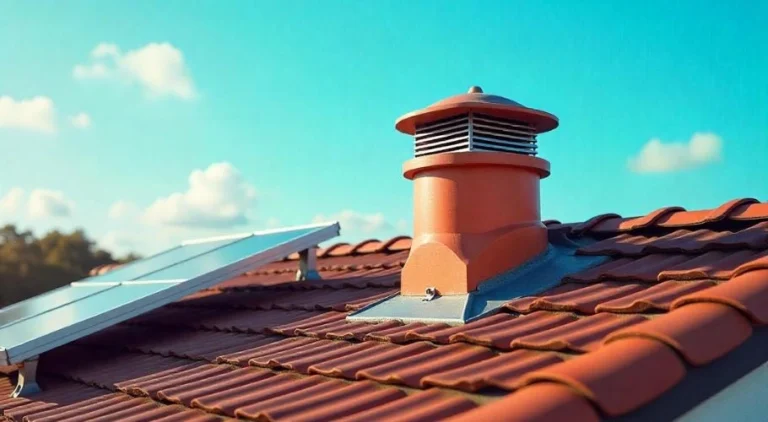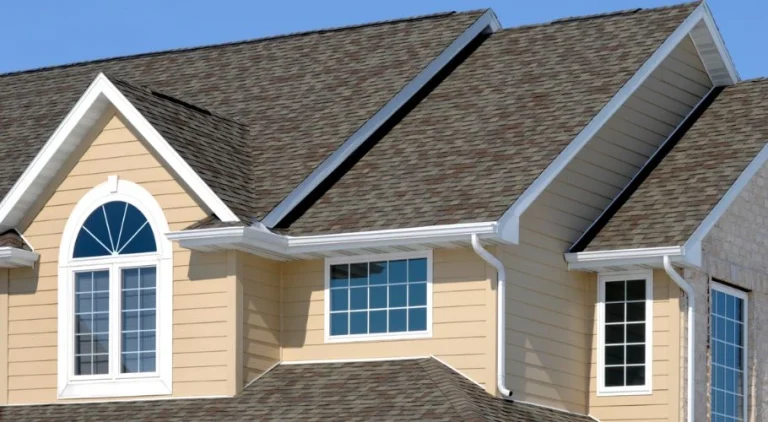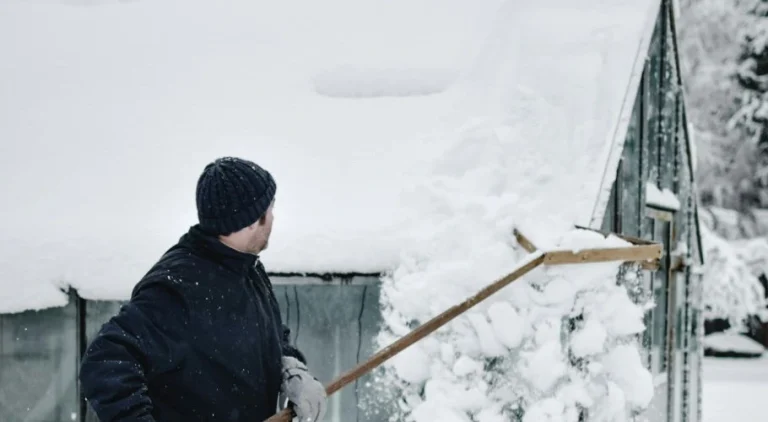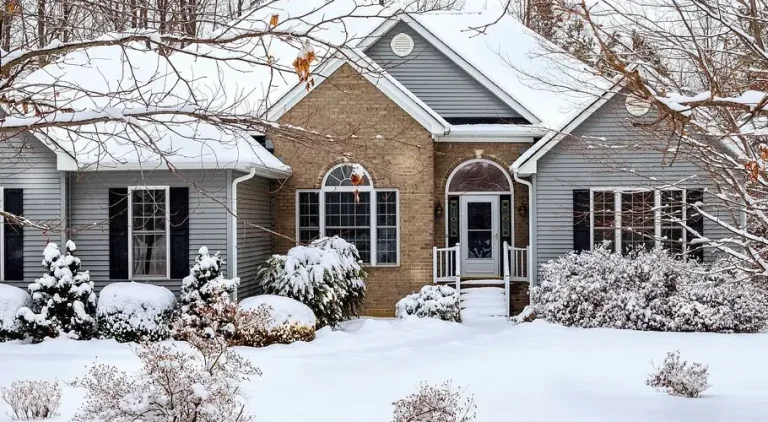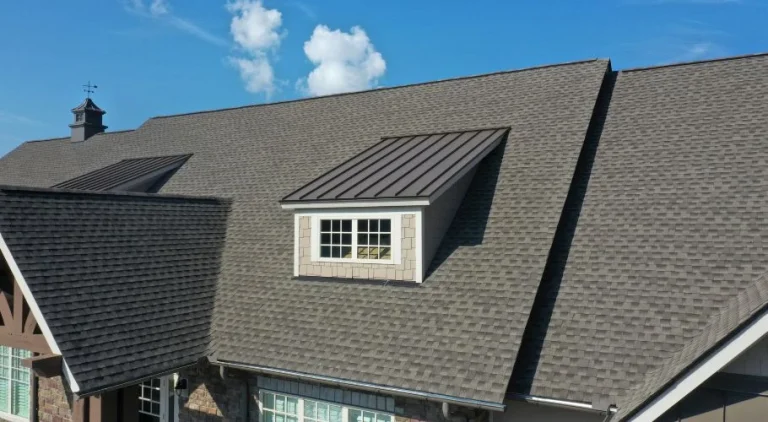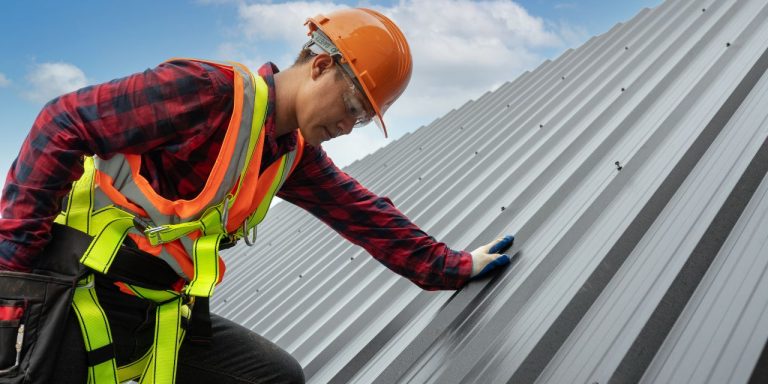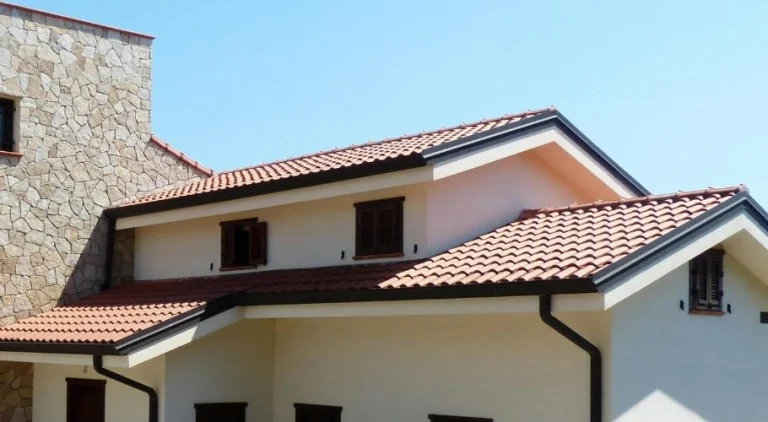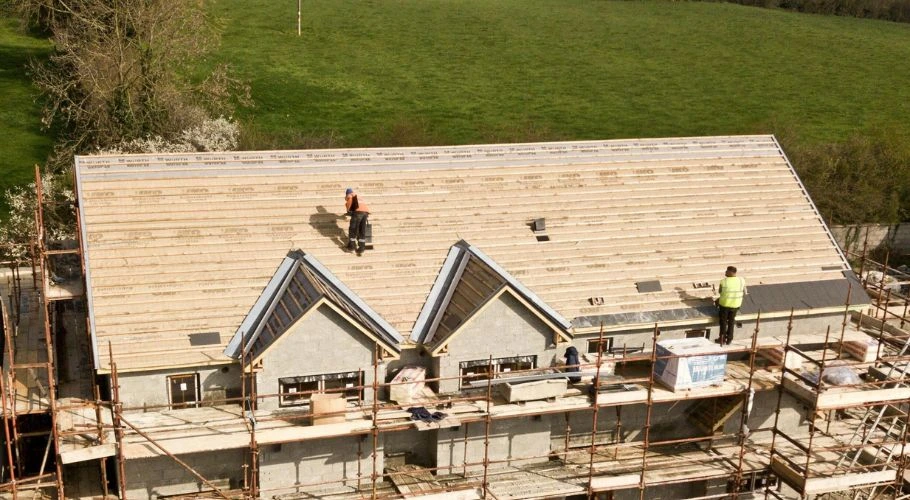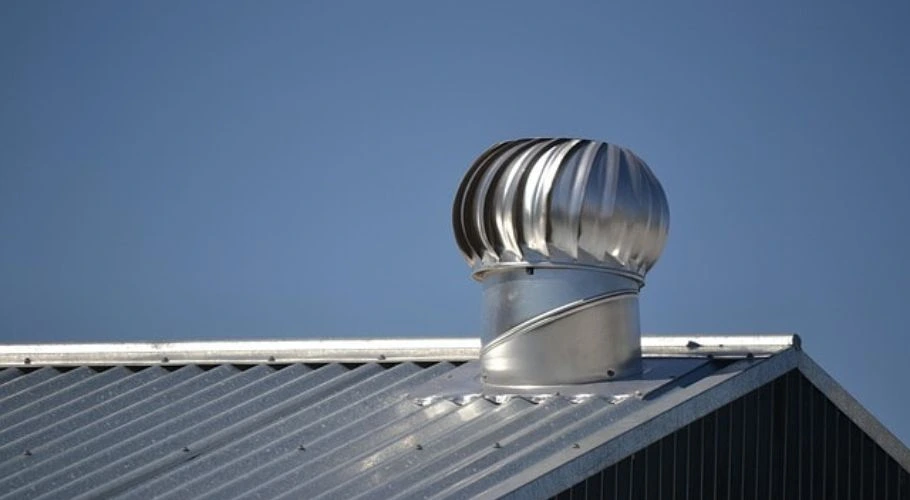
The Role of Ventilation in Preventing Roof Damage
Proper ventilation helps get rid of airborne pollutants, lowers the risk of respiratory issues, and prevents poor indoor air quality. But do you know about the role of ventilation in preventing roof damage? Robbins Roofing is here to talk all about it! We’ll discuss what proper ventilation actually does for your roof, how it works, and how you can make sure your home isn’t one clogged vent away from major problems.
What Are Roof Ventilation Systems?
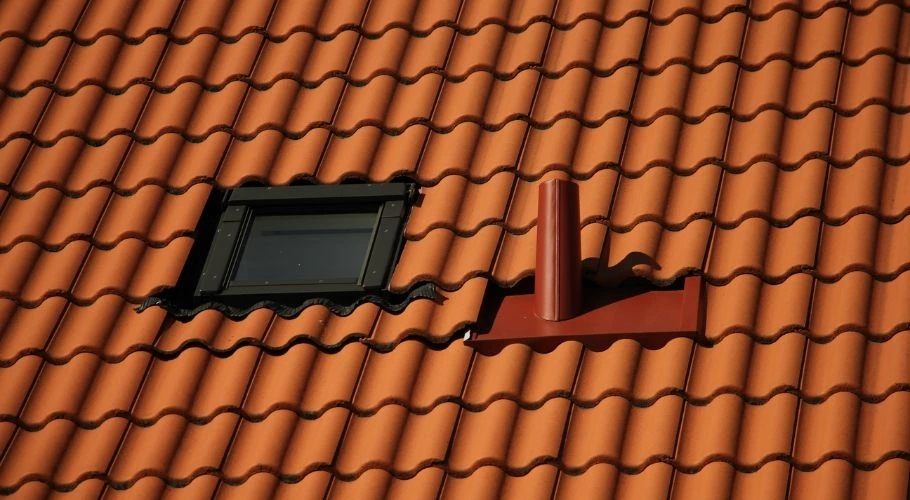
Roof ventilation is a system that lets your attic breathe. Your attic collects a lot of heat and moisture buildup throughout the year, and ventilation systems help flush that stuff out and bring fresh outdoor air in for good indoor air quality and a healthier living environment.
There are two main parts to a ventilation system: intake and exhaust vents.
Intake vents usually sit at the lowest parts of your roof, like under the eaves or roof sheathing, or in the soffits. These are the vents that pull in the fresh outdoor air.
Exhaust ventilation goes near the top of your roof, along the ridge, or at the gables. These vents push the hot, stale air out.
The goal is balance. Fresh air comes in through the bottom, and hot air exits at the top. Without both, you get issues like heat buildup and moisture problems.
Common Vent Types
These are the most-used vent styles:
Ridge vents: Run along the peak of your roof and let hot air escape evenly.
Soffit vents: Tucked under the eaves and allow fresh air in.
Gable vents: Triangle-shaped vents you’ll see near the roofline on exterior walls. They help with cross-ventilation.
Turbine vents: Those spinning metal things you see on top of older homes. These are powered by wind, not electricity.
Powered attic fans: These use electricity to push air out but require careful installation.
What Are the Benefits of Roof Ventilation?
1. Helps Your Roof Last Longer
Your attic can get hot, especially in summer. That trapped heat rises straight up to your roof deck and shingles. Without good attic ventilation to release it, your roofing materials start to bake from the inside out. Shingles curl, crack, and age faster than they should.
A ventilated attic keeps the temperature and humidity level in check, so your roof isn’t constantly getting overheated due to poor ventilation. That means fewer repairs, fewer replacements, and a lot more years between roofing projects.
2. Keeps Moisture (and All the Problems It Brings) Under Control
Moisture creeps up into your attic space through everyday activities like cooking and showering. That moisture rises into the attic and, without proper ventilation, gets trapped. Then the trouble starts.
You could see:
Mold growing on insulation, interior walls, and rafters
Wood rot in your roof decking or framing
Sagging ceilings
Wet attic insulation that no longer works
Odd smells in your home
When the mold sets in, that’s not just a roofing issue—it can cause health problems. Additionally, moisture can wreck your attic faster than any hailstorm if it’s not dealt with properly. Good ventilation gives that damp air a way out, so your attic space stays dry and mold-free.
3. Makes Your Home More Energy Efficient (and Saves You Money)
In the middle of summer, your attic can hit temperatures well over 130°F. That’s not just uncomfortable—it’s expensive. All that heat puts pressure on your air conditioning unit, increasing its energy consumption. That leads to higher energy bills and more wear and tear on your HVAC system.
With an effective ventilation system, there’s a steady exchange of indoor and outdoor air, which not only helps with temperature and better air circulation but also gets rid of indoor air pollutants. The result is a cooler home, lower energy usage, and an HVAC unit that won’t need to be replaced too soon.
4. Prevents Ice Dams
Now, this is more of a winter problem, but it’s a big one. Ice dams are created when warm air coming from the attic melts snow on your roof. Then, this melted snow is refrozen at the edges. That ice traps water behind it, and that water eventually sneaks under your shingles and into your house.
Roof vents and an adequate ventilation system help keep your attic close to the outdoor temperature, so snow on the roof melts evenly and slowly, not just at the top. This prevents the freeze-refreeze cycle that creates ice dams.
How to Improve Roof Ventilation the Right Way
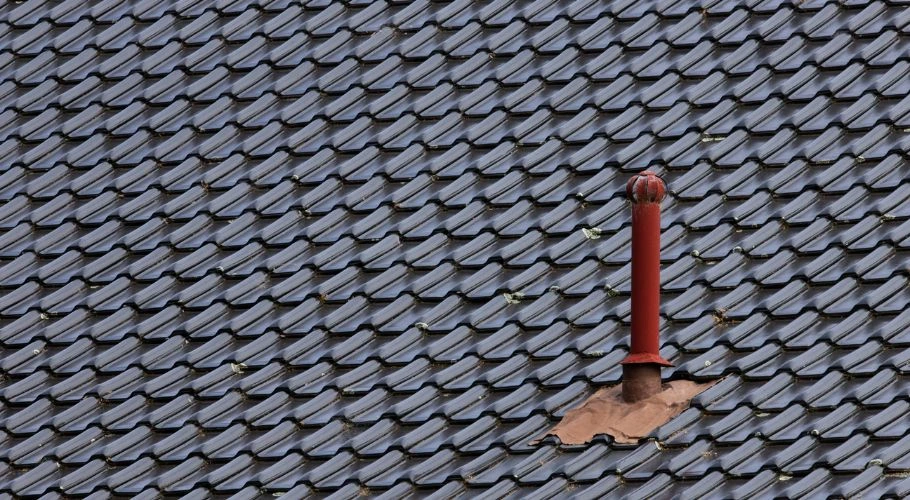
How much ventilation do you need? What can you do to make sure you’re getting efficient ventilation and good air movement inside your residential building or house? It starts with knowing what’s already going on in your attic.
1. Get an Inspection
First, have a professional take a look at your current ventilation system. They’ll inspect your attic space, check air flow, measure current vent openings, and find any signs of poor ventilation, such as mold, rusted nails, dust mites, warped decking, or moisture stains.
2. Balance Your Vent System
Ventilation works best when intake and exhaust vents are balanced. That means the same amount of air going in through the soffit vents needs to come out through the ridge, gable, or turbine vents. Too much of one and not enough of the other can slow down airflow (or stop it altogether).
3. Add or Upgrade Vents (If Needed)
Opening your windows and doors counts as natural ventilation through natural forces, but you can never go wrong with adding mechanical systems. Mechanical ventilation relies on ductwork, exhaust vents, filters, and exhaust fans to keep the air moving more efficiently and consistently. This is especially important in enclosed spaces where moisture, fumes, airborne particles, and other pollutants can build up.
If your attic is too stuffy, it might just be missing some vents. We might recommend:
Installing more soffit vents or clearing blockages in existing ones
Adding ridge vents across the peak
Replacing older, less effective vents
Sealing gaps that disrupt airflow (without blocking intended air movement)
4. Keep Vents Clean and Unobstructed
Vents get blocked by dust, insulation, or even critters. At Robbins Roofing, we’ve seen everything from bird nests to piles of blown-in insulation clogging up soffit vents. Make sure your attic insulation is installed with baffles to allow air to move freely from the soffits into the attic.
What Else Affects Ventilation?

There are a few hidden factors that can compromise even a well-designed vent system. Some of them are:
Bathroom and kitchen exhaust fans that vent into the attic instead of outside.
Insulation blocking soffit vents, which stops airflow.
Improperly sized attic floor space that doesn’t allow for enough air volume movement.
Solar panels or added roofing layers that change how your roof “breathes.”
Outdoor air pollution and indoor pollutants like smoking indoors can lead to a buildup over time, which can compromise the system’s efficiency.
Robbins Roofing Can Help You Protect Your Roof
One of the most important and effective ways to maintain your roofing system is to consider other factors that affect its health, including ventilation, gutters, downspouts, and siding. At Robbins Roofing, we provide exterior home improvement services in OKC and roofing services, always aiming to deliver the best service in town.
We’ll help your roof breathe better and last longer, all while making sure your well-being is prioritized year-round. Visit our website and get in touch with our team today!



